#ProductStrategy
Rolls-Royce Vows to Become Electric Only by 2030
With the upper classes enjoying one of the largest wealth gaps in modern history, Rolls-Royce had a phenomenal sales year in 2021. Volume surpassed every other annum in its 117-year history, which might encourage one to assume that the business would be interested in maintaining the status quo. But that’s not to be the case, with CEO Torsten Müller-Ötvös having confirmed that Rolls-Royce is fully committed to abandoning internal combustion.
The automaker has said that its first series-production electric vehicle will arrive in 2023. However, it would like to have every gasoline-driven model in its lineup replaced by EVs by 2030 and the relevant strategies are already being put into action. From here onward, Rolls-Royce won’t be introducing any new combustion-reliant models.
German Automakers Aren't Interested in Returning to Normal
With supply chain hiccups crippling the automotive industry’s ability to conduct business as normal, resulting in rolling production stalls and skyrocketing vehicle prices, manufacturers looked to be in serious trouble throughout the pandemic. But we learned that wasn’t to be the case by the summer. Automakers were posting “surprise profits” because people still needed cars. We also found out there’s been a growing appetite for expensive (see: highly profitable) models and the industry saved itself a bundle by not needing to pay for office space or line workers, as COVID restrictions kept everyone at home.
Having considered the above, most automakers are seriously considering how they can further leverage this new modality. German manufacturers have even said they’re not that interested in going back to the normal way of doing things — instead electing to intentionally limit volumes and focus on high-end models that will yield the greatest return on investment. But it’s not quite the curveball it seems, as some companies were already ditching the volume approach.
Kia Says It's Still Betting On Sedans
While Kia has managed to add a fair number of crossovers to its lineup, successfully catching up to modern consumer tastes, it hasn’t scarified sedans to make that happen. According to the manufacturer, this is because high-riding utility vehicles fail to match the driving experience of a ground-hugging sedan — something Korean automakers have a keen interest in since Hyundai launched N-badged performance models and Kia dropped the Stinger on our heads.
Once famous for their commitment to budget-friendly models frequently mentioned in amber alerts, the duo now manufacture vehicles people actually want to buy at a price that’s frequently difficult to criticize. Following Hyundai/Kia for the last few years has been analogous to that scene in every teen drama where the awkwardly nerdy girl comes down the stairs for prom dressed to the nines and brimming with newfound confidence. Except in the Hyundai/Kia version, she winks suggestively and offers to pitch in for dinner.
Having convinced themselves that they’ve found a winning strategy, Koran automakers are doubling down on what’s worked already. That includes maintaining a clear distinction between crossovers and sedans — the latter of which Kia believes holds the secret to enjoying yourself behind the wheel.
Practicality Will Dictate Mitsubishi's Foreseeable Future
Mitsubishi has quite the storied history, but for car lovers things don’t really kick off until the 1970s, when the company spun off Mitsubishi Motors from its Heavy Industries division. With help from Chrysler, the Japanese company managed a foothold in North America and started escalating volume. Before long, Mitsubishi was delivering economically minded vehicles to the American masses while fleshing out its lineup to include sporting models.
By the 1990s, Mitsubishi was the underdog option for discerning import enthusiasts. But all of those spectacular models gradually started to vanish. The 3000GT disappeared from the market, the Eclipse morphed into an overweight cruiser without the option of all-wheel drive, the Galant lost its excellent VR-4 variant, and the company never bothered to replace any of its previously discontinued performance models to pick up the slack. Eventually, Mitsubishi even abandoned the beloved Lancer Evolution due to hard times.
Genesis Still Two Years Away From Adding Much-needed Utility Vehicles to Lineup, Essentia Under Consideration
Despite producing comprehensively equipped and comfortable sedans with a nearly unbeatable price and warranty, Genesis Motors is in trouble. Sedans aren’t selling like they used to and the company doesn’t have anything else to offer customers right now. Its first utility model, the GV80, won’t appear on dealer lots until 2020. But, upon its arrival, the mid-sized crossover will still have to contend with brand snobbery.
The GV80 will be going toe-to-toe with everything from the Infiniti QX60 and Lincoln MKX to the BMW X5 and Mercedes-Benz GLE. Genesis will need to do everything in its power to ensure the model stands out and brings everything to the table it can without going over budget. It will also need some company, which is why the brand is also planning on introducing the smaller GV70, some refreshed sedans, and at least one sports coupe.
Here's Ford's Plan to Replace All the Cars It's Killing Off in North America
Earlier this year Ford announced the impending removal of all passenger cars from its lineup, save the Mustang and — if we’re creative about what qualifies as a car — the lifted Focus Active. However, the automaker says it intends to fill the void over the next five years.
Speaking at a press event leading up to the Woodward Dream Cruise, an annual Detroit event celebrating classic automobiles, Ford product chief Hau Thai Tang said the brand plans to add nine nameplates by 2023 — effectively replacing the Fiesta, Focus, Fusion, Taurus, C-Max, and Flex, while adding in three additional models.
Before you start getting over-excited about the potential return of the Ford Fairlane or Torino, seven of these vehicles fall into the pickup or utility segment. That leaves two open spaces for prospective sedans or, more likely, quirky electrics.
Jaguar F-Type Could Launch 2+2 Variant On Revised Platform
Jaguar is apparently considering bringing the XK out of retirement. Discontinued for the 2015 model year, the automaker didn’t see much reason to keep it around with the F-Type being such a success.
Hanno Kirner, Jaguar Land Rover’s director of corporate strategy, now claims the time has come to commence work on a 2+2 F-Type. However, the brand wants to further re-establish itself as a sports car manufacturer. The F-Type was a good start, and the spiritual successor to the XK will further that goal. But Kirner, along with design head Ian Callum, wants to see a whole family of new sporting vehicles populating Jaguar’s stable within the next decade.
Eight Is Enough: Nissan Leans on Familiar Future Strategy for Growth
Automakers perpetually talk about the future. They have to. As manufacturers, their entire business model revolves around bringing newer, better, and more desirable products to the market. Over the past few years, that has meant championing electric and autonomous vehicles — regardless of whether their consumer base (or the technology) is ready or not.
Nissan is no different in this regard, though it does appear to be taking a comparatively measured approach. Mercedes-Benz says it’ll have an electrified version of all of its models by 2022, Volvo promises to start doing the same by 2019, and Volkswagen Group wants 80 new electric vehicles across all of its brands by 2025. Meanwhile, Nissan is only shooting for eight new EVs by 2022.
That’s not to suggest the company won’t still blaze a trail for new powertrains, though. The strategy may just be a simple matter of not wanting to over-promise. As the company behind the the Leaf, Nissan is well aware of the benefits and pitfalls of a globally marketed electric car. However, its overall sales goal of 1 million electrified vehicles per year by 2022 remains ambitious and hinges on a market more eager for plug-in vehicles than it is today.
Porsche's Unbridled Excitement for EVs Continues to Swell
Porsche, the iconic performance nameplate diving ever deeper into luxury and electrification, once again finds itself incapable of withholding its excitement toward both. Company board member Detlev von Platen claims Porsche is seriously considering increasing the production capacity of its upcoming Mission E model beyond 20,000 annual units and electrifying the Macan crossover.
According to von Platen, initial customer inquiries into the Mission E has been so strong that the brand wants to make sure it can meet demand. Buying habits also give the automaker hope that its customer base is prepared to make the eventual switch from internal combustion to electrically-assisted engines.
“In Europe, around 60 percent of Panamera vehicles were delivered with a hybrid drivetrain,” von Platen said.
McLaren Confirms SUVs Aren't for Supercar Manufacturers
Let’s take a moment to consider how ubiquitous sport utility vehicles and crossovers have become. They are, quite literally, everywhere, and reason for this is that they’ve morphed into a jack-of-all-trades type of automobile.
The antiquated definition of SUV included words like “rugged” and “off-road.” But modern examples really only need to ride higher than your typical sedan to qualify. That, along with the segment’s current trendiness, has helped to make such vehicles exceeding popular. So popular, in fact, that practically every automaker is trying to build one to improve sales.
This includes supercar manufacturers. Lamborghini intentionally priced the Urus as an “entry-level” model to ensure volume — and you had better believe Aston Martin and Ferrari will do the same with their upcoming crossovers. Porsche has two SUVs and the more-affordable Macan became its best-selling model last year. However, there is one performance brand that says it has no place for such a vehicle: McLaren.
Ford's Hackett: 'Dumb Cars' Will Be a Thing of the Past
“Ford’s future is not about giving up the car,” Jim Hackett, Ford chief executive officer, exclaimed at the Michigan CEO Summit in Detroit on Thursday. But he promises there will be “no dumb cars in the future.”
The executive was not assuring attendees that Ford has no plans to revive the Mustang II, rather, he was talking about the brand’s continued efforts to press onward into the development of electric, connected, and self-driving automobiles on a global scale. With Wall Street still fixated on tech, it would be surprising to hear any automotive executive say otherwise.
Hyundai Absconds With Another BMW Employee
Hyundai has snagged itself another high-profile BMW veteran. Last time it was Albert Biermann, dynamics wizard and former head of BMW’s M line. This time it’s Fayez Abdul Rahman, BMW’s former head of M Equipment, M sport packages, and M performance vehicles.
Whereas Biermann is currently serving as Hyundai Group’s vice president in charge of performance and high-performance vehicle development for the group, Rahman will focus specifically on Genesis vehicles. He previously led concept and platform development for numerous model lines at BMW — including the X Series, 7 Series sedan, and various M brand vehicles.
At Hyundai, he’ll be responsible for doubling the size of Genesis’ fleet by 2020, via the gradual inclusion of crossovers.
Ford's CEO Might Execute Lower-margin Vehicles to Boost Profits
Ford’s new CEO, Jim Hackett, has been milling around the company trying to get a sense of what the automaker needs to thrive in today’s car market. Conducting a summer-long assessment of the company’s current status and action points, Hackett is setting himself up with a greater understanding of where Ford stands in order to share his vision of the automaker’s future with investors in early October.
However, we already have some sense of what that future entails. Hackett has already spoken with leadership from the United Auto Workers, easing union fears that he might try to clean house and cut jobs. But his reassurance that there probably won’t be massive layoffs under his leadership doesn’t guarantee low-margin automobiles won’t be at risk.
This isn’t entirely down to Hackett’s management style, either. Investors were becoming annoyed with former CEO Mark Fields’ lofty long-term strategy, which featured fewer near-term goals aimed at bolstering profitability. Some analysts expect Hackett to end production of models that aren’t big earners — which includes just about everything that isn’t an SUV, crossover, or pickup truck.
Daimler, BAIC Investing $735 Million Into Chinese EV Production Pretty Much Out of Necessity
Daimler AG is dumping half of a 5 billion yuan sum, or 735 million dollars, into China as part of a joint venture with BAIC Motor Corp. Together, the companies plan to establish the groundwork for competent EV production in the region — meaning a good ol’ fashioned battery factory.
The bill is split between the two firms, as China requires every foreign automaker to partner with a domestic one to do business within the country. The new factory will be a product of Beijing Benz Automotive, a blandly named limited liability company created to further Mercedes’ interest within the country and bolster its EV production capabilities globally.
FCA to Dealers: Better Stock Up on Grand Caravans Now
Chrysler’s minivans have been a never-ending beacon of purity and goodness for over thirty years. Less so lately, but the segment remains an important part of the FCA lineup. Intended to replace both the Chrysler and Dodge minivans, the Pacifica did not outsell either at launch. While Pacifica deliveries eventually eclipsed the Town & Country, it was really only due to the venerable model’s extermination. Meanwhile, Dodge’s Grand Caravan continues as the stronger seller and remains a popular option for rental fleets.
This has convinced Fiat Chrysler to extended the Caravan’s death date more than once, but it won’t last forever. In fact, it’s about to suffer a sort of prelude to non-existence as production will go on an extended hiatus in mid-August and won’t resume until December, when the 2018 models appear.



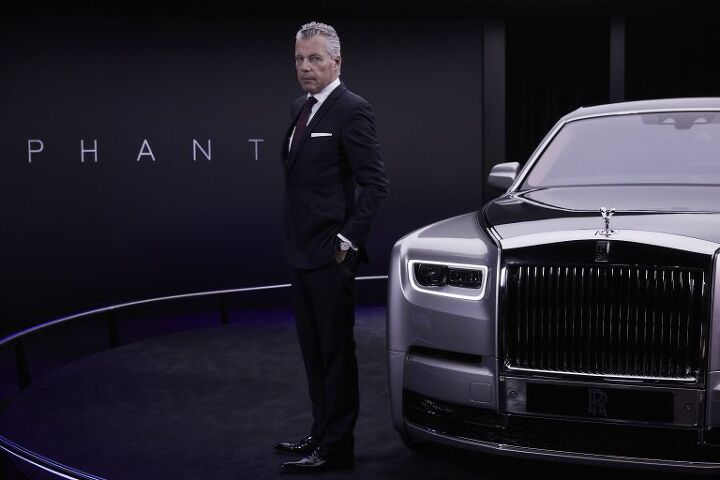
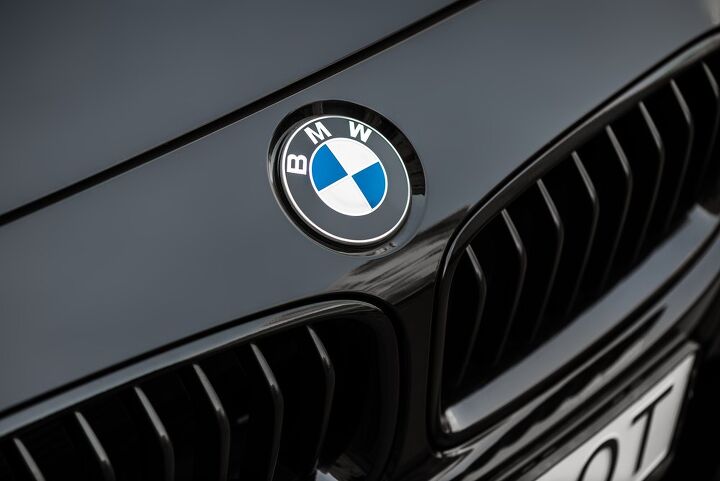
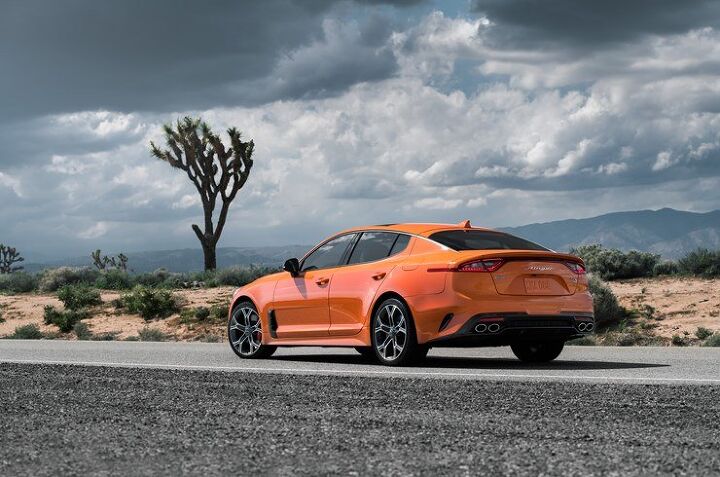


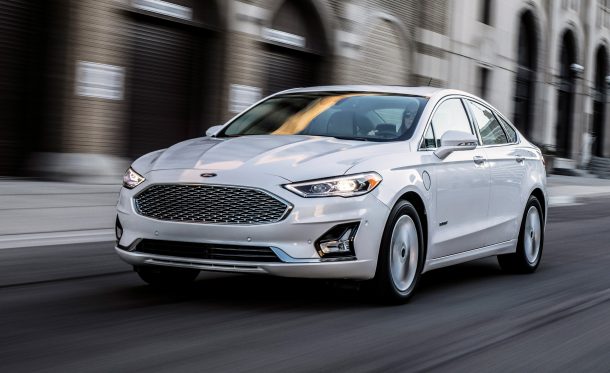
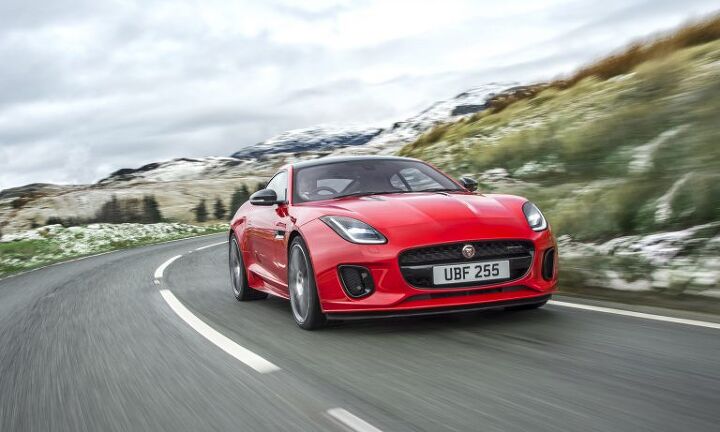
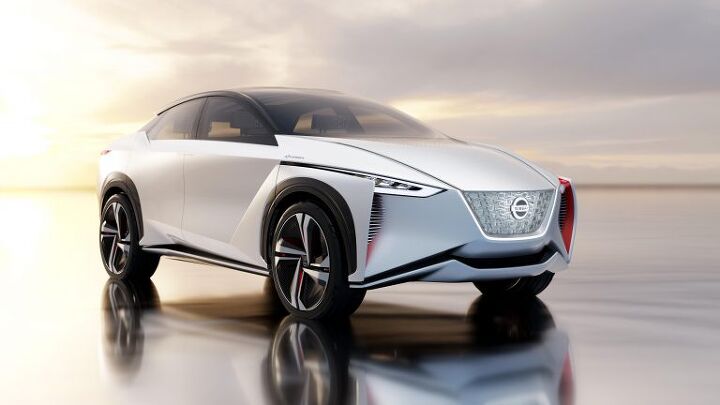
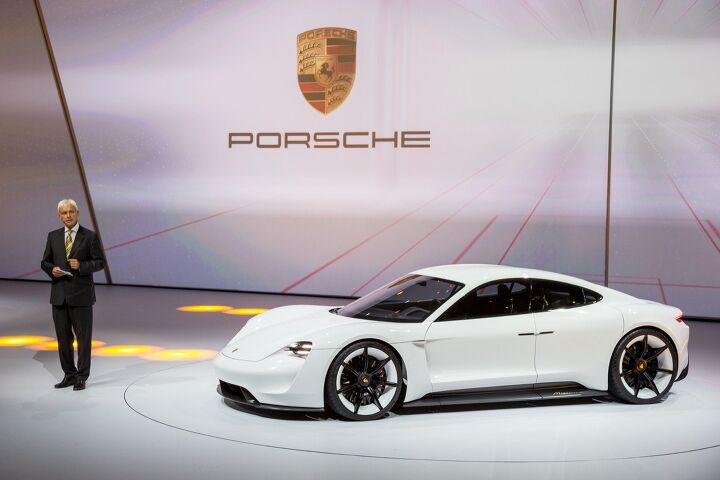
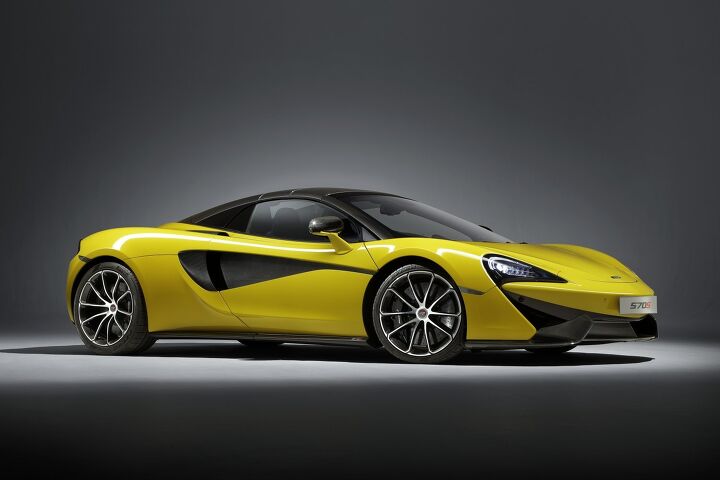

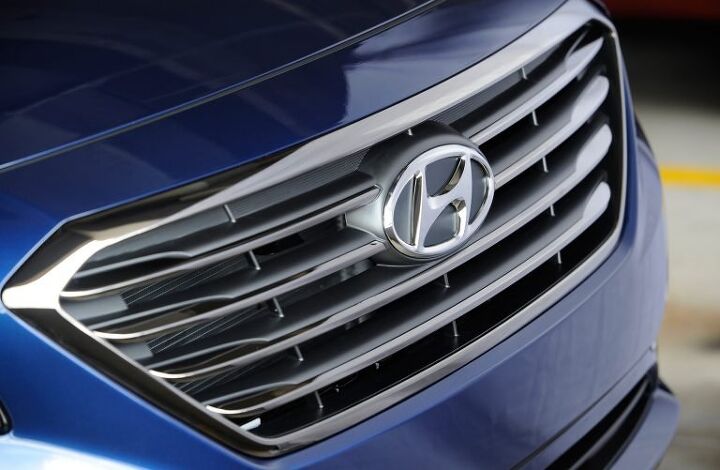















Recent Comments